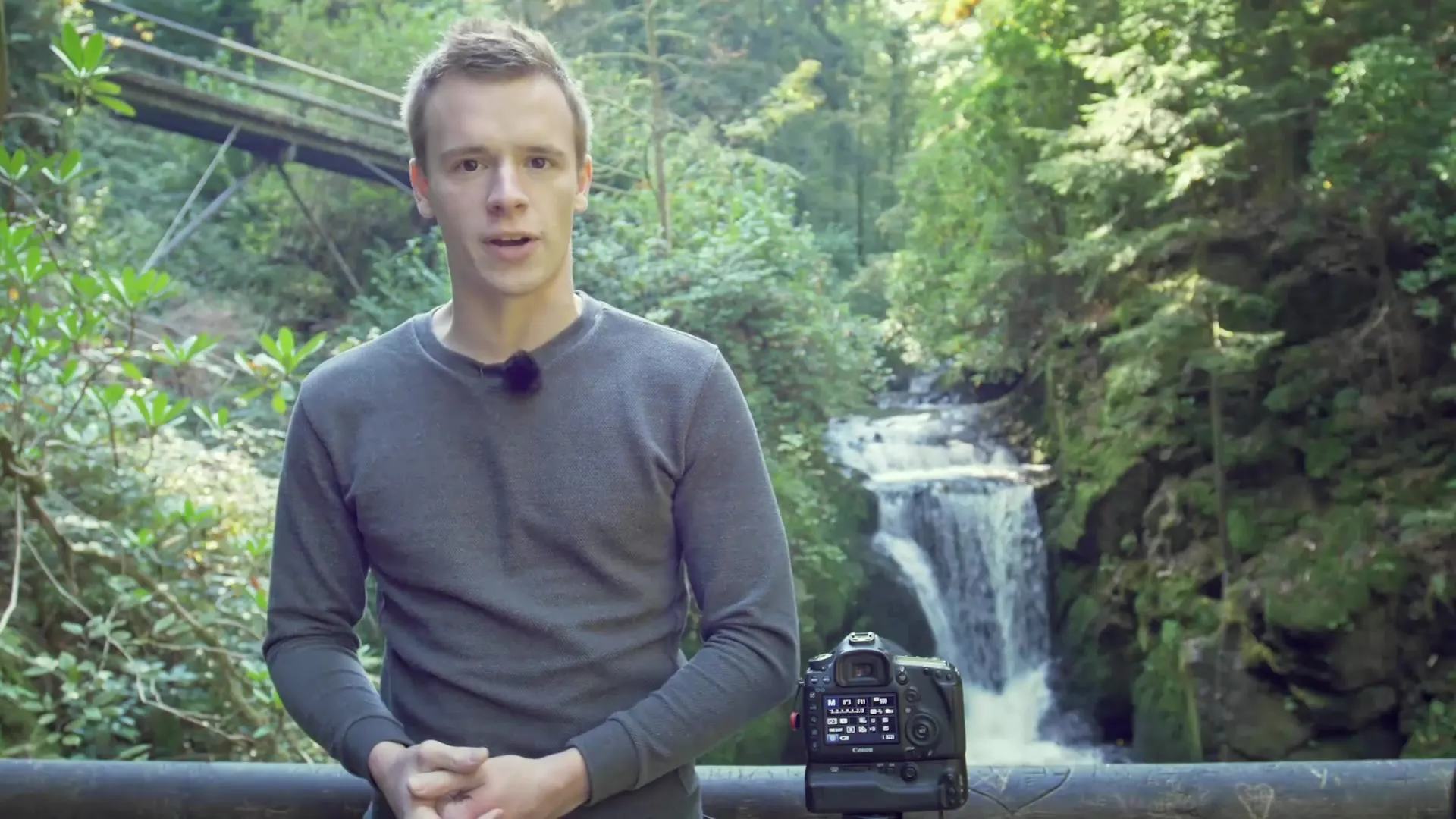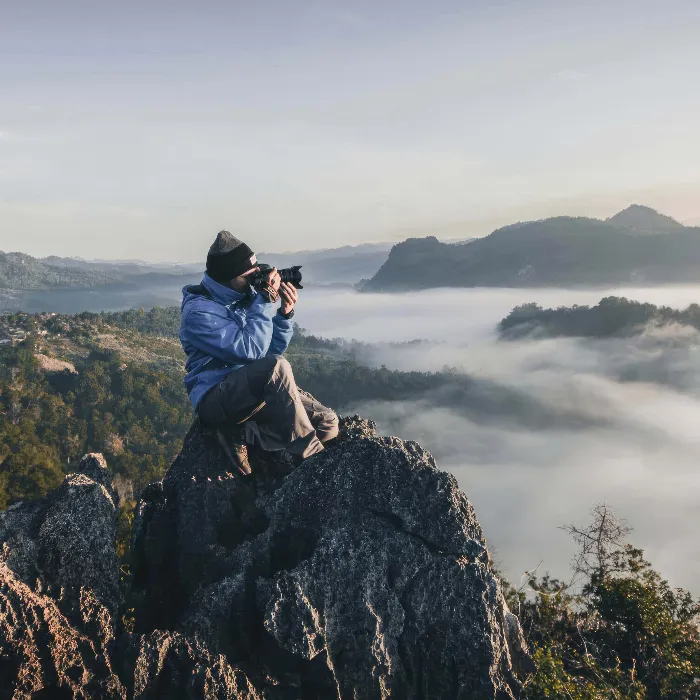Landscape photography is an art form that allows you to capture the beauty of natural landscapes. To create stunning images, you not only need to have the right equipment but also know how to effectively use light, shadow, and composition. In this tutorial, we will focus on the basics and techniques of landscape photography and provide you with the necessary knowledge to create impressive shots on your own.
Key insights
- You will learn various techniques for landscape photography, including HDR and long exposure.
- Composition, lighting conditions, and image design are crucial for successful photos.
- Practical tips and tricks will help you improve your photographic skills and implement creative ideas.
Step-by-step guide
1. Preparing for the shoot
Before you begin landscape photography, you should prepare for your trip. This includes acquiring the right camera equipment and familiarizing yourself with the basics. Gather information about the location you will visit. Information about the weather, the best time of day for shooting, and the lighting conditions are essential.

2. Techniques of landscape photography
You will learn how different techniques are applied in landscape photography. One of the most well-known methods is the HDR technique (High Dynamic Range), which allows you to represent a greater dynamic range between shadows and highlights in an image. This technique is particularly useful in predominantly bright or dark environments.
3. Long exposure
Another method you will learn is long exposure. This allows you to creatively portray movements, such as flowing water or drifting clouds. It is important to choose the right time and appropriate filters to achieve the desired effect. Use a tripod to avoid camera shake and to obtain clear images.
4. Composition and light
Composition is a crucial factor in landscape photography. Learn how to place your subject correctly and apply the golden ratio or the rule of thirds to create appealing images. Pay attention to the lighting conditions: The soft light of dawn or dusk can significantly affect the colors of your landscape shots.
5. Tips and tricks
To further improve your landscape shots, there are some useful tips and tricks. Experiment with different perspectives, use leading lines in your image, and look for interesting foregrounds that complement your subject. Let your creativity flow and don’t hesitate to try unconventional approaches.
6. Post-processing
Post-processing is an important step in perfecting your landscape shots. Use image editing software to adjust exposure, contrast, and colors. With the right workflow, you can give your images the final touch and optimize them for different platforms.
Summary – Landscape Photography: An exciting introduction to the practices
Landscape photography not only offers the opportunity to explore nature, but also to develop your artistic skills. With the techniques and tips presented, you can learn how to capture impressive landscape images that consider both technical and creative aspects.
Frequently Asked Questions
How does the HDR technique work in landscape photography?With the HDR technique, you can take multiple exposure levels and combine them in post-processing to achieve a wider dynamic range.
What is a long exposure?A long exposure requires longer exposure times to smoothly depict movements such as flowing water or moving clouds.
How do I improve my composition in landscape photography?Applying the rule of thirds or the golden ratio can help you optimize your compositions and make them more appealing.
Is a tripod suitable for landscape photography?Yes, a tripod is essential for long exposures and to avoid camera shake.
What role does light play in landscape photography?The light influences the colors and moods of your images, so shooting during the golden hour is often beneficial.

